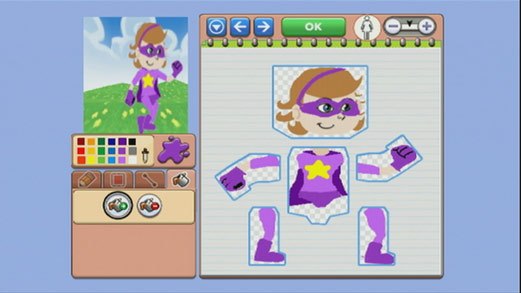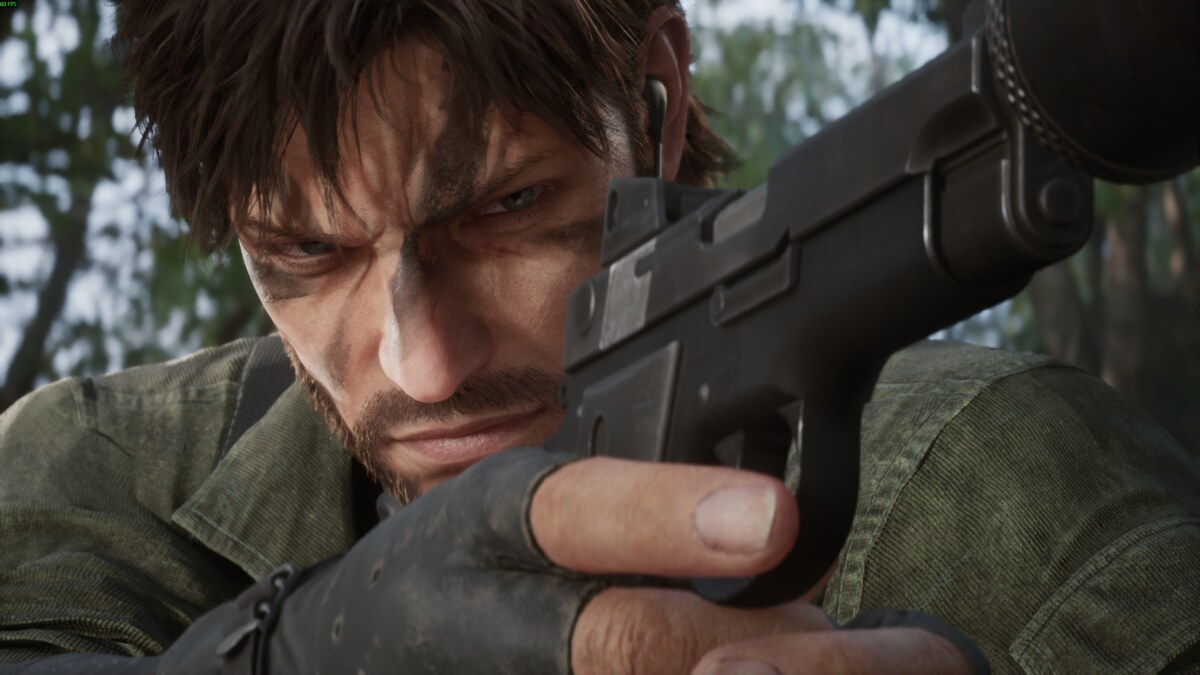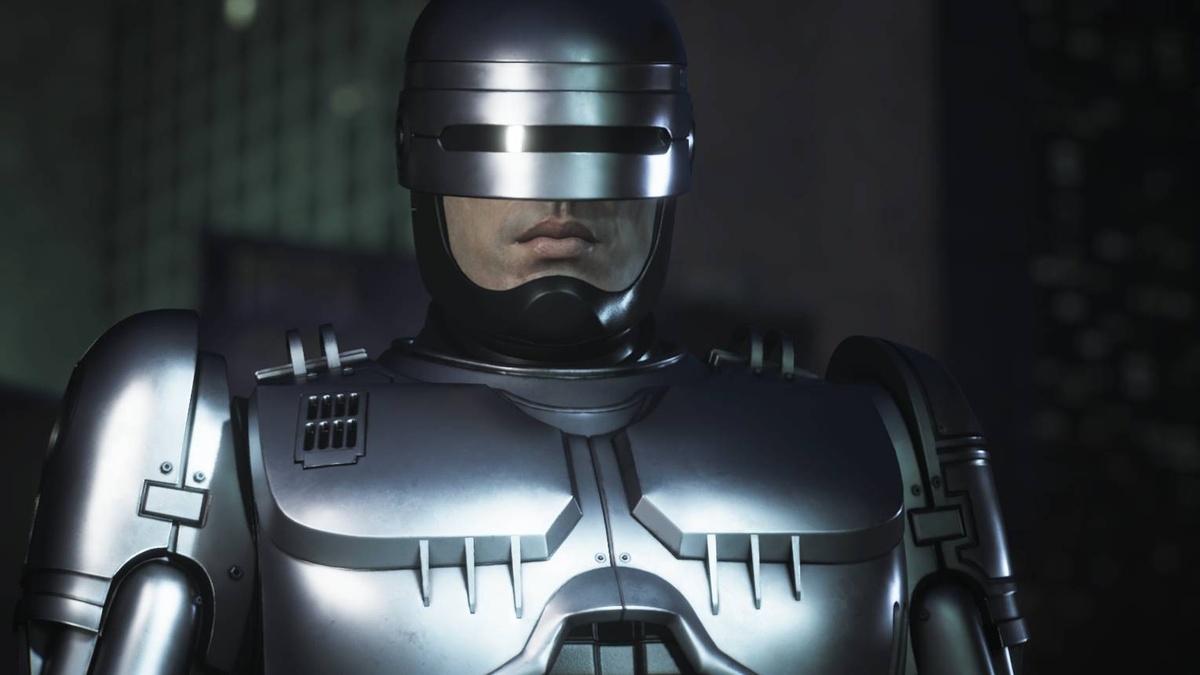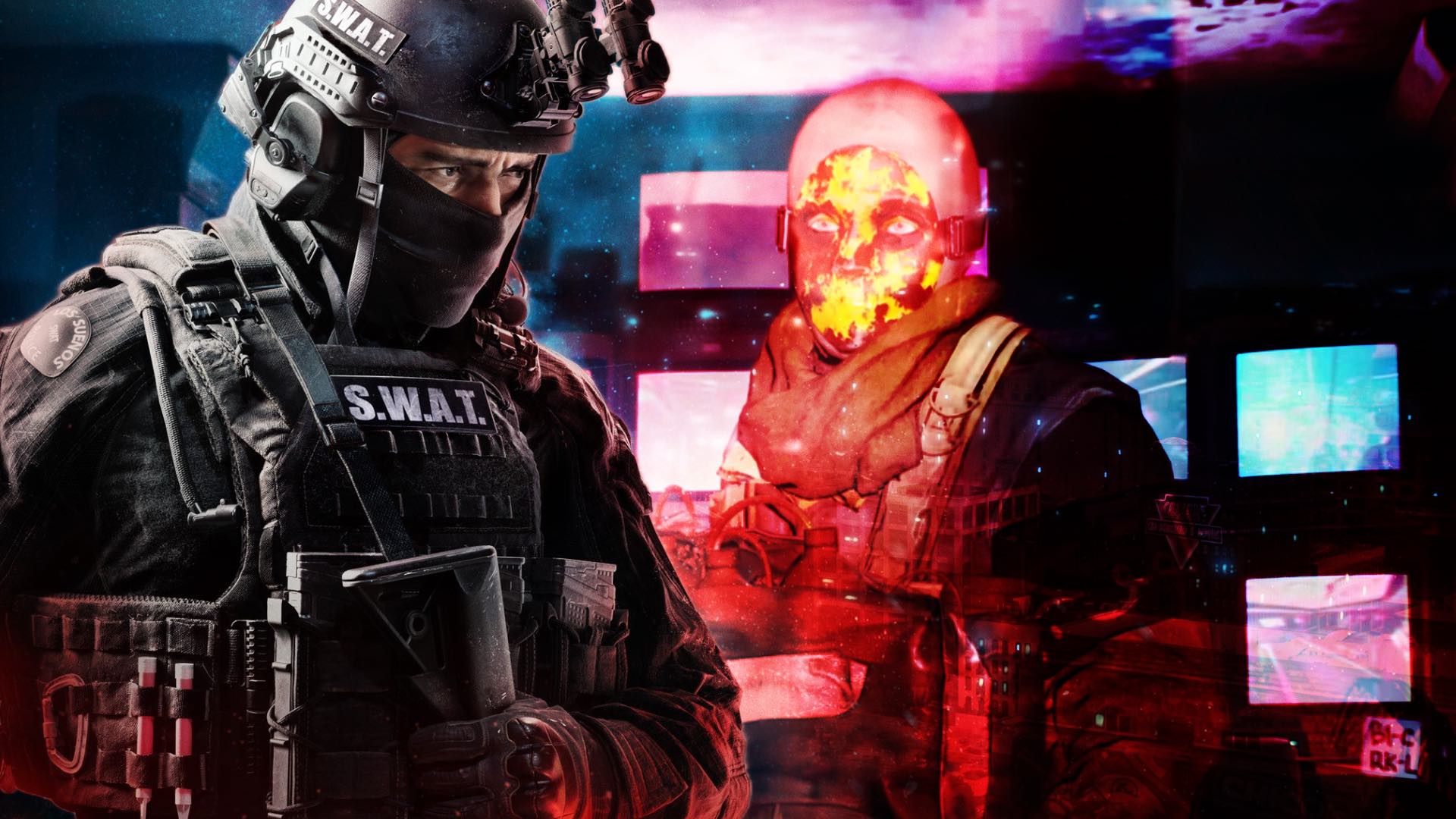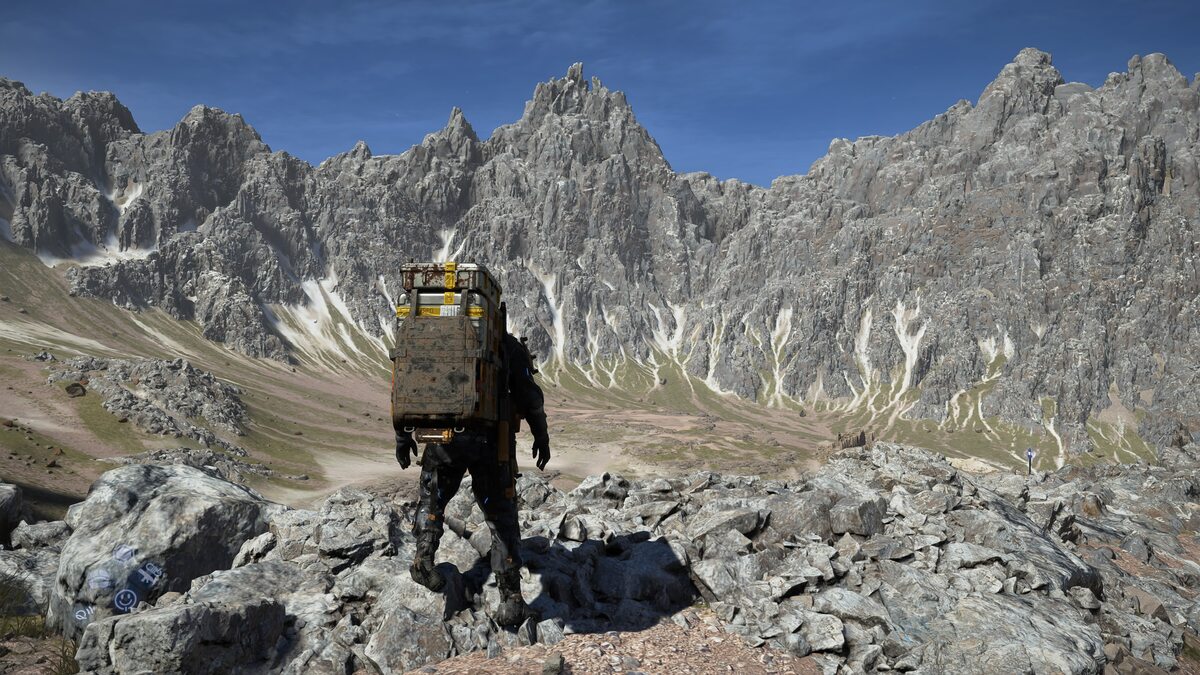You can trust VideoGamer. Our team of gaming experts spend hours testing and reviewing the latest games, to ensure you're reading the most comprehensive guide possible. Rest assured, all imagery and advice is unique and original. Check out how we test and review games here
Scribblenauts meets LittleBigPlanet. That’s the tantalising description we’ve come up with for cute side scrolling platformer Drawn to Life: The Next Chapter. Aren’t we clever?
The game’s clever, too. You use the Wii Remote to draw objects that magically appear in the levels: things like platforms for you to jump on, and cars for you to drive in. Unfortunately, Drawn to Life doesn’t allow you to go nuts with object creation and just mess about. You’re limited to only drawing within dashed-line rectangles, which are strategically placed throughout the levels. It’s an understandable design decision: developer High Moon Studios wanted to craft clever puzzles and challenging platforming sections, and without some degree of restriction the game would probably collapse in chaos. Still, slightly more freedom would have been welcome.
Other areas of the creation mechanic are, frankly, pointless. Dotted throughout levels are drawing easels that task you with drawing a specific object such as a butterfly or a lizard. After a lengthy loading screen you’re transported to the drawing tool, where you apply brush strokes with the Wii Remote on a canvas. Once done, your drawing appears in the level. The problem is these creations rarely affect gameplay. The end result is levels cluttered with loads of poorly drawn bits of “stuff”.
Drawn to Life is at its best when it challenges you to solve platforming riddles with objects drawn directly into the levels. Some rectangles allow you to create objects that are affected by gravity, and so fall to the ground. The game’s solid physics then let you push these objects around, rolling a big red ball down a hill, for example. Others have bouncing properties, enabling you, the wonderfully named “Creation Hero” (you play the Creator), to fly high into the air. When you have to combine both of these elements, while employing nifty old school platforming skills, Drawn to Life comes into its own.
An example: to progress you might need to reach a platform that’s too high for a conventional double jump. Three creation boxes are present, one allowing an object that remains where you draw it, another is affected by gravity and the third has bouncing properties. Above them is a pivot suspended in mid air. Above that is a lever that, when swung on, rotates another platform somewhere else. You need to draw and create platforms in such a way so that the gravity platform falls onto the bouncy platform and is propelled high enough that it balances perfectly on the pivot. You can then use it to reach the lever. Clever, isn’t it?
The actual platforming is great, and, in some respects, even better than that of LittleBigPlanet. Although it’s basic, it feels tight and pixel perfect, which is an impressive achievement for a physics-based platformer. Crucially, when you die from falling into a pit, or lose health from an attack from an enemy, it’s because you messed up. Thankfully there’s absolutely no waggling at all. Movement is governed by the Nunchuck control stick, jumping is triggered by the A button and you can melee attack with B. It’s depressing that Wii games should be praised for NOT employing waggling, but these be the days we live in.
Unfortunately for all its good work, the game’s let down by some frustrating annoyances that, really, shouldn’t have made the cut. Every time you interact with an easel you have to endure a lengthy loading screen. It gets annoying fast, and plucks you out of the experience. Load times in general are too long, and sometimes poorly placed: in one level the game loaded as the camera panned down from one area to another.
And the actual drawing is woefully inaccurate and disappointingly basic. Keeping the Wii Remote steady enough for accurate sketching is impossible. Even something as simple as a circle or a rectangular box ends up looking like some kind of mutated blob. Because of this problem, which is as much a fault of the Wii itself as it is the game, it’s hard to make creations look anywhere near as good as the pre-made templates.
Another thing: the hub, Raposa Village, is a boring, pointless place. After clearing a stage you’re transported back to the village. This would be fine if there was something interesting to do there. But there isn’t. The only reason it exists is to have you jump through a hoop: to start the next stage you have to talk to the relevant cute local. As you walk towards the NPC, mindlessly pushing the Nunchuck control stick, you think, ‘all I want to do is get on with the game’.
At the end of the day, Drawn to Life doesn’t quite fit the billing. It’s not the Wii’s LittleBigPlanet. Nor does it offer the creative freedom of Scribblenauts, but it is a fun, quality platformer that’s more challenging than its cute, Klonoa-esque exterior suggests. It’s too hard for young children, but everyone else should enjoy it, even disillusioned hardcore Wii owners.

/https://oimg.videogamer.com/images/1e22/drawn_to_life_2_6.jpg)
/https://oimg.videogamer.com/images/b7d1/drawn_to_life_2_4.jpg)
/https://oimg.videogamer.com/images/f67b/drawn_to_life_2_7.jpg)
